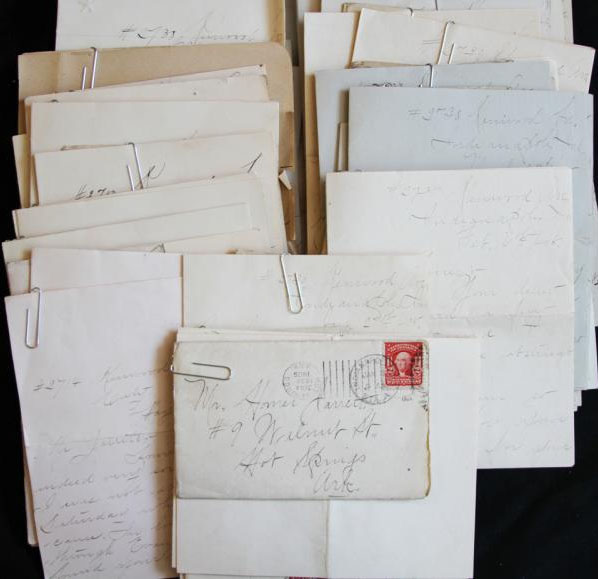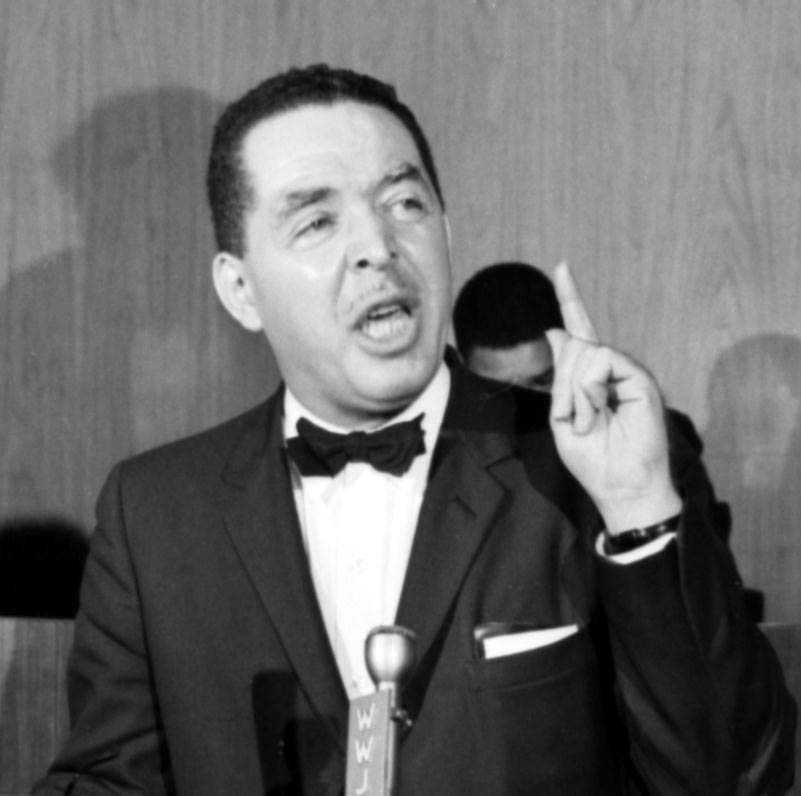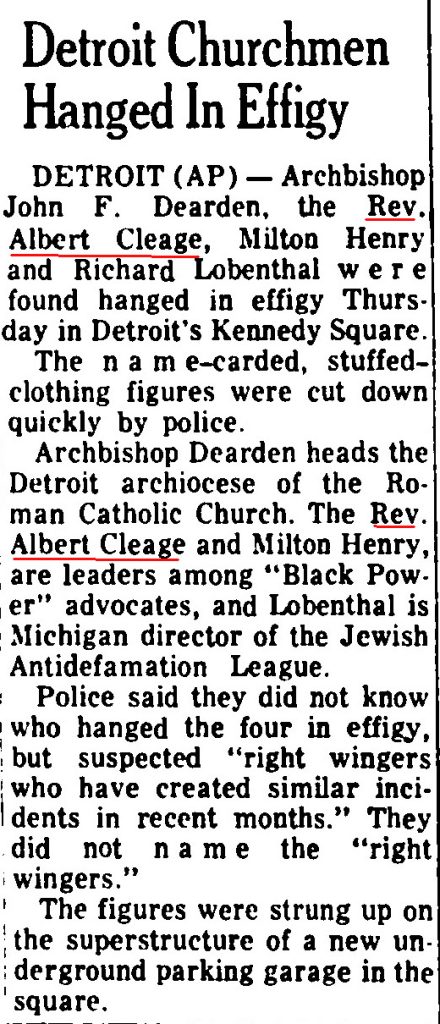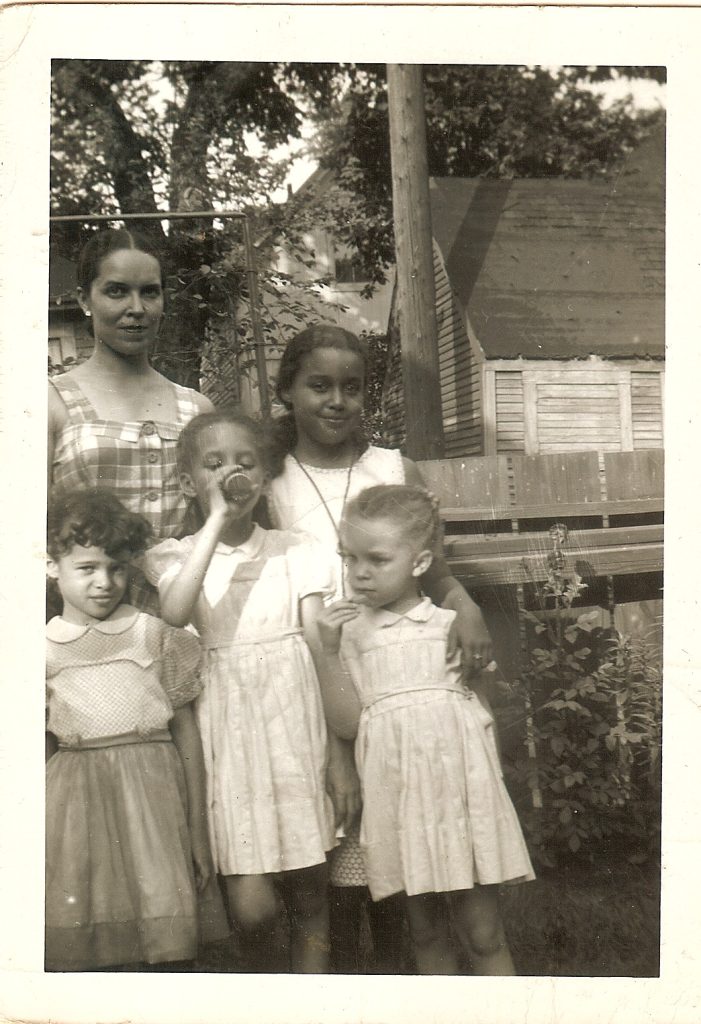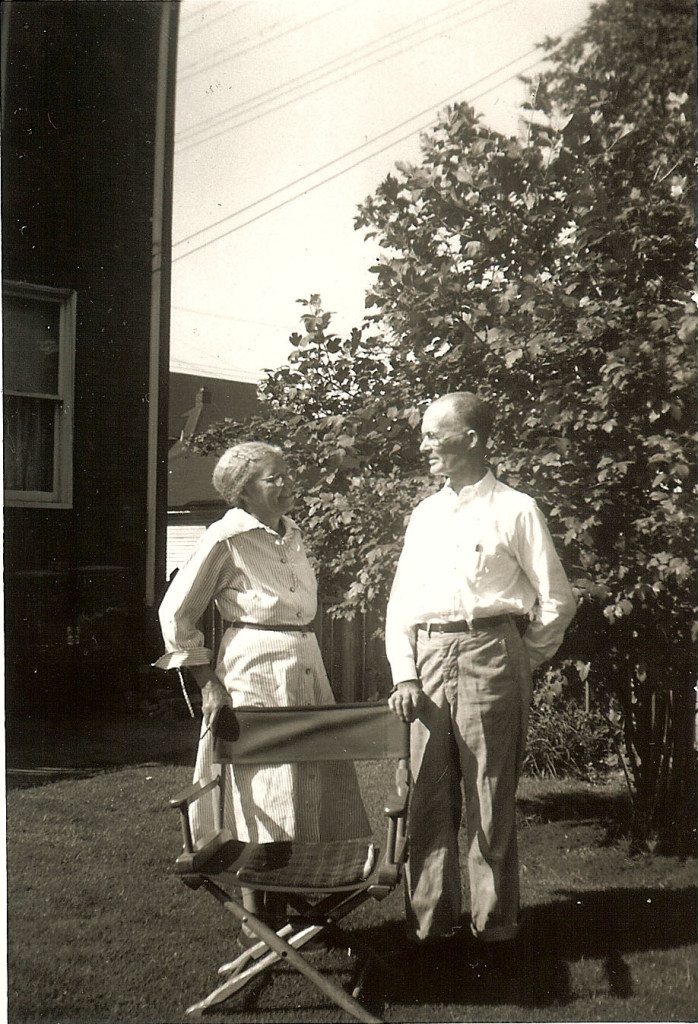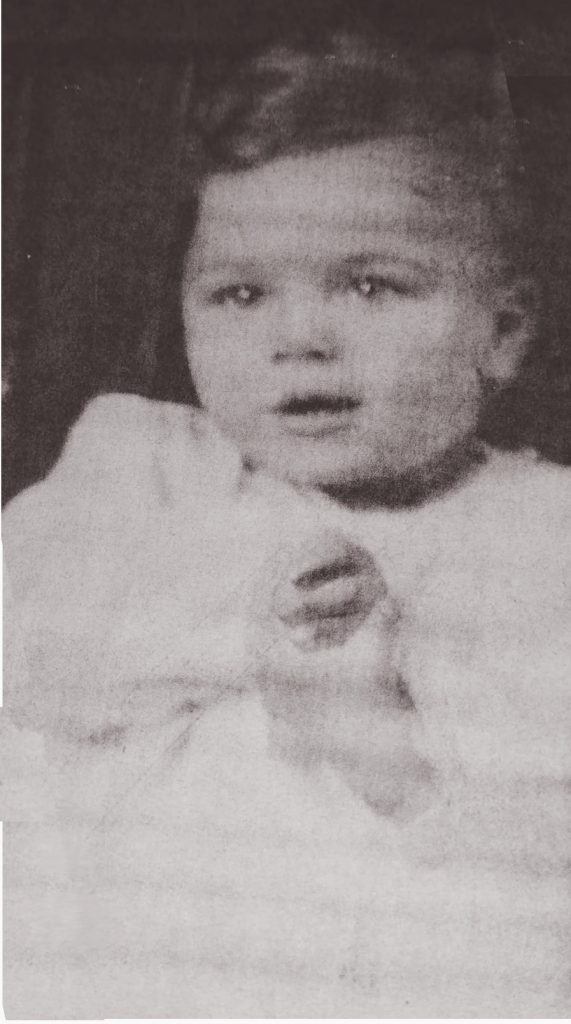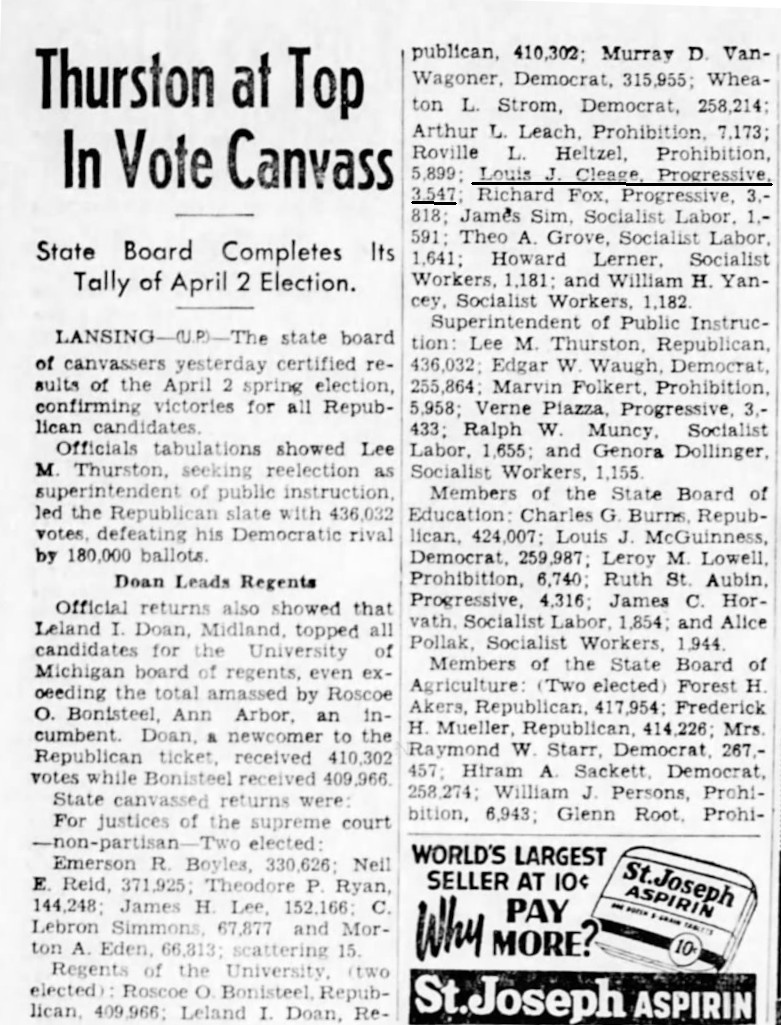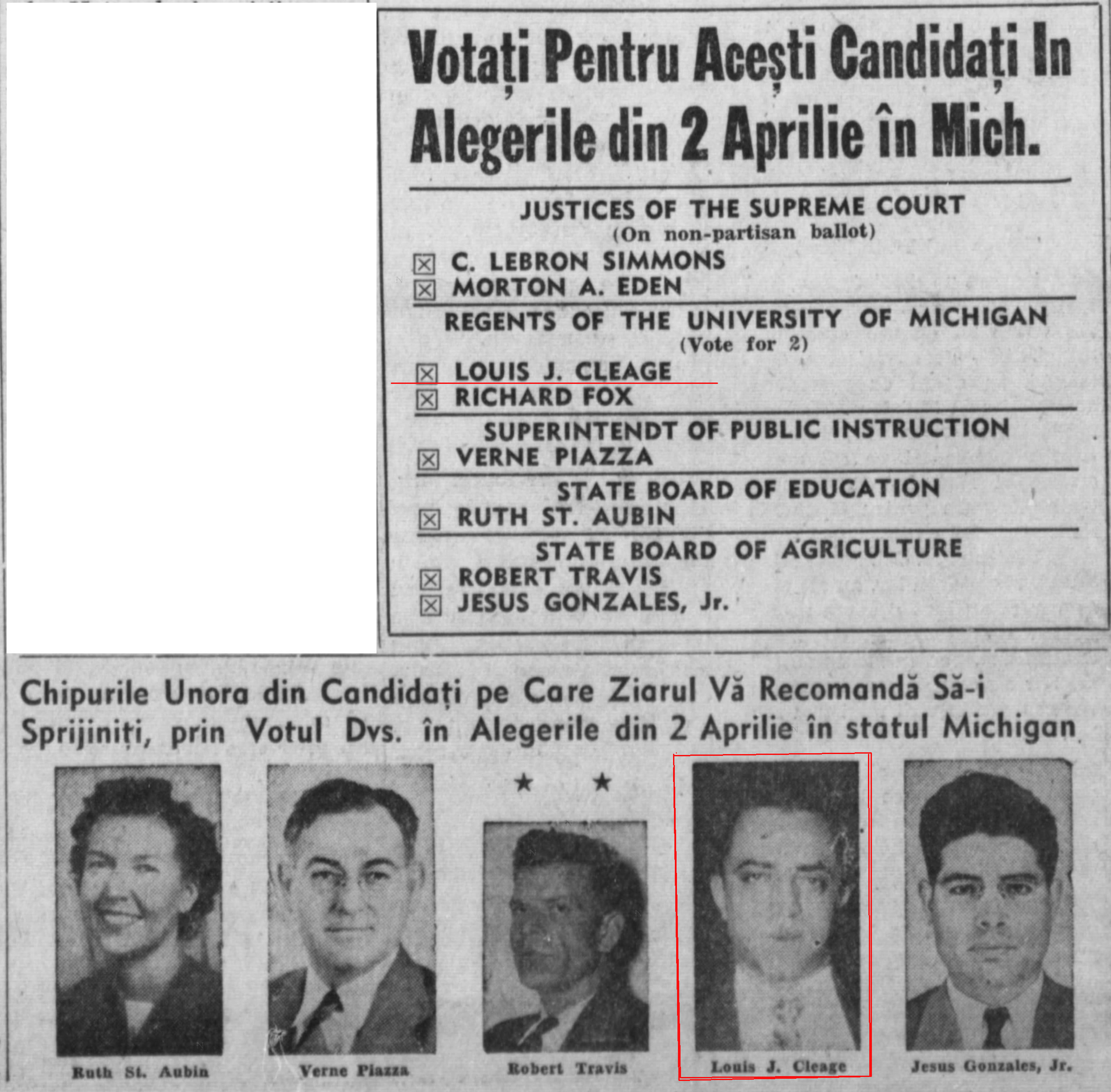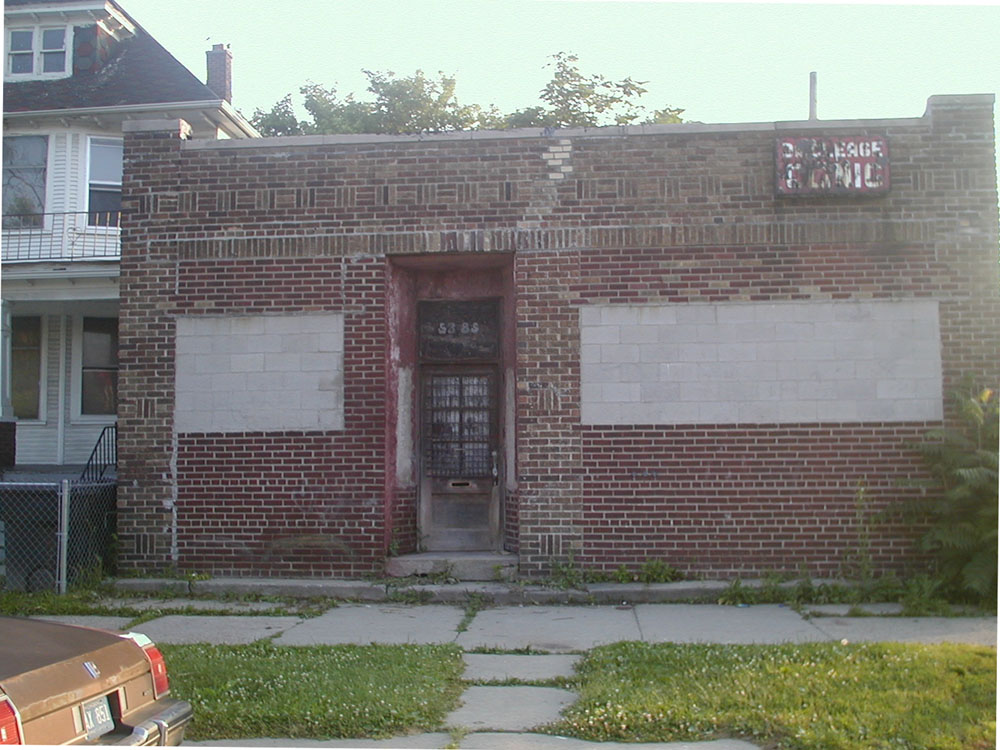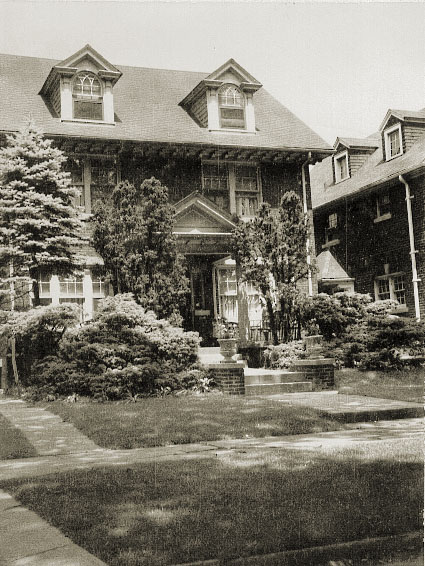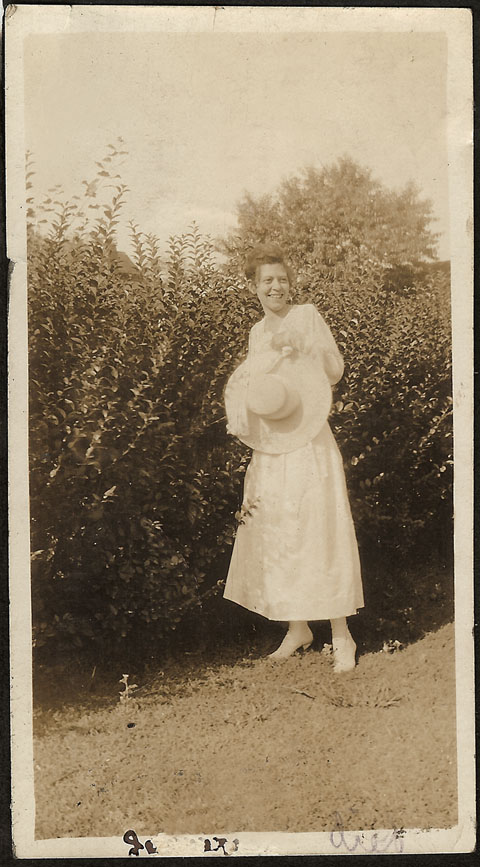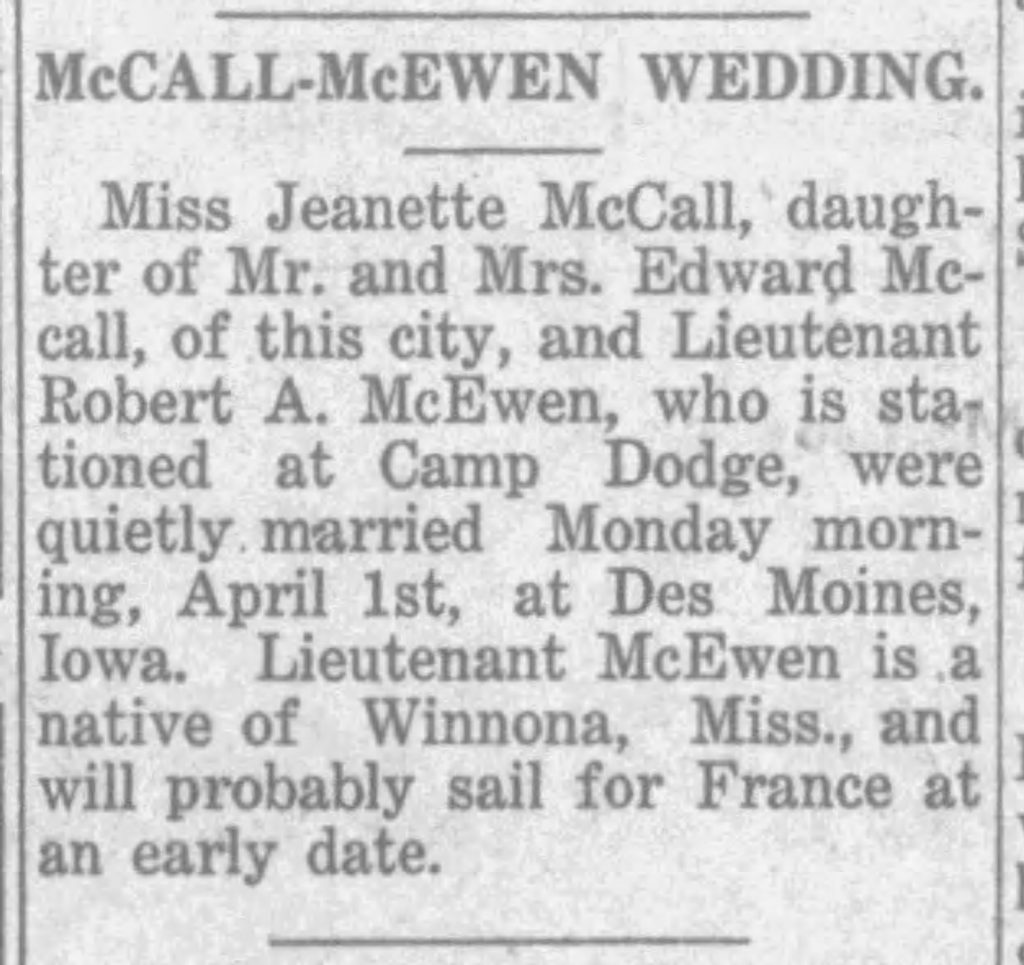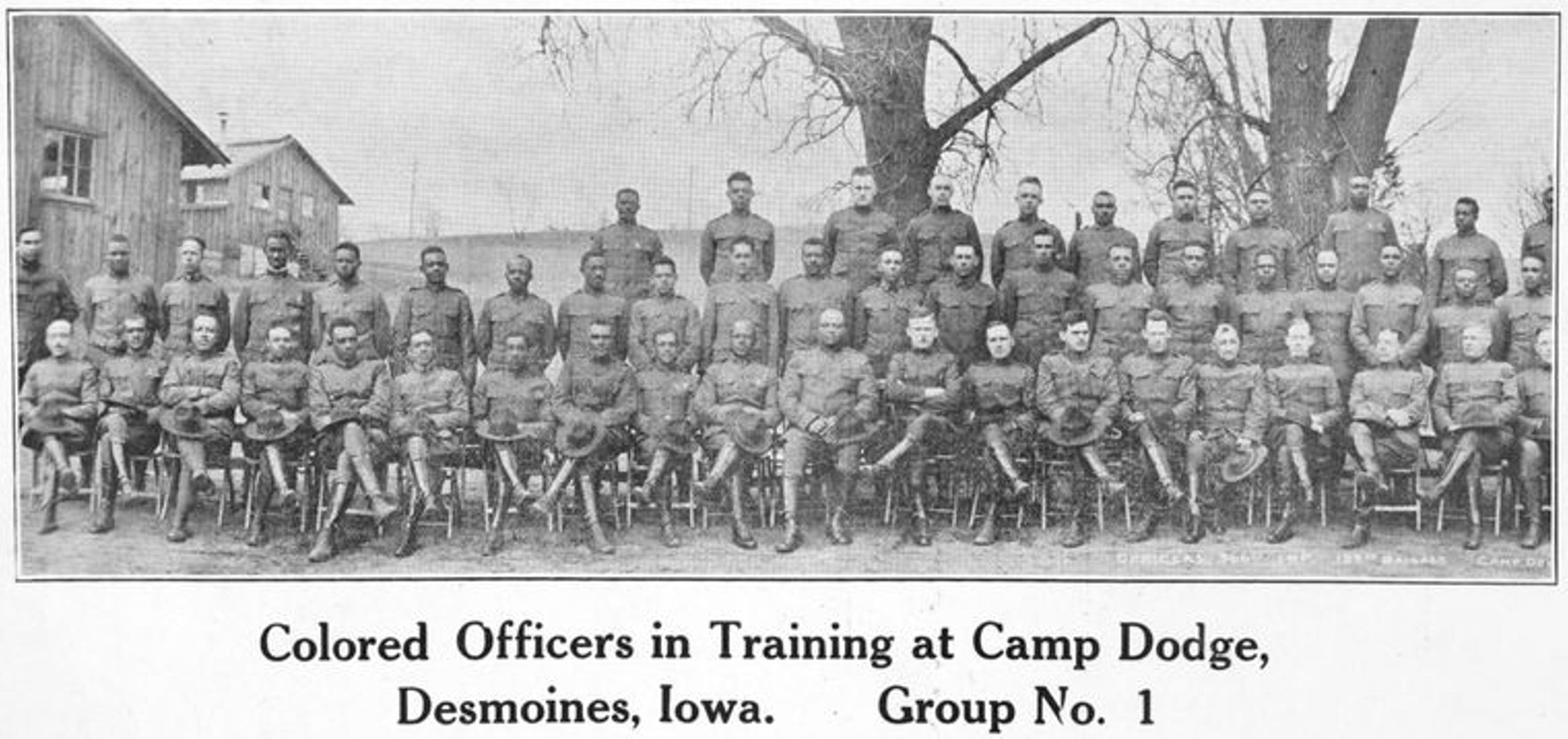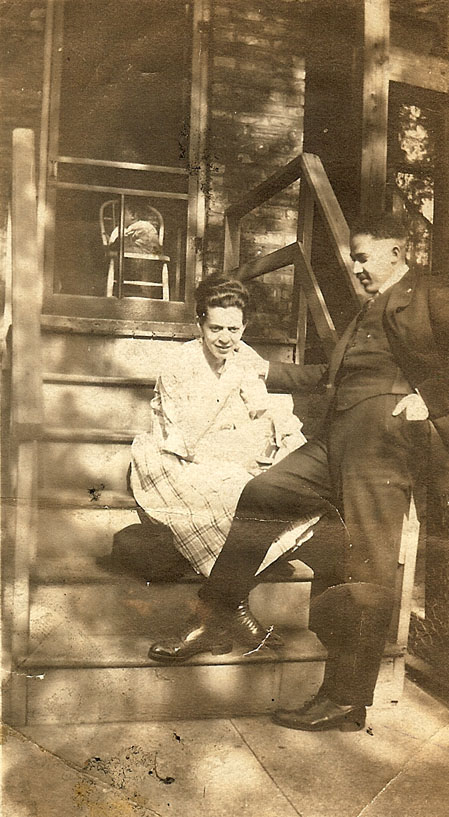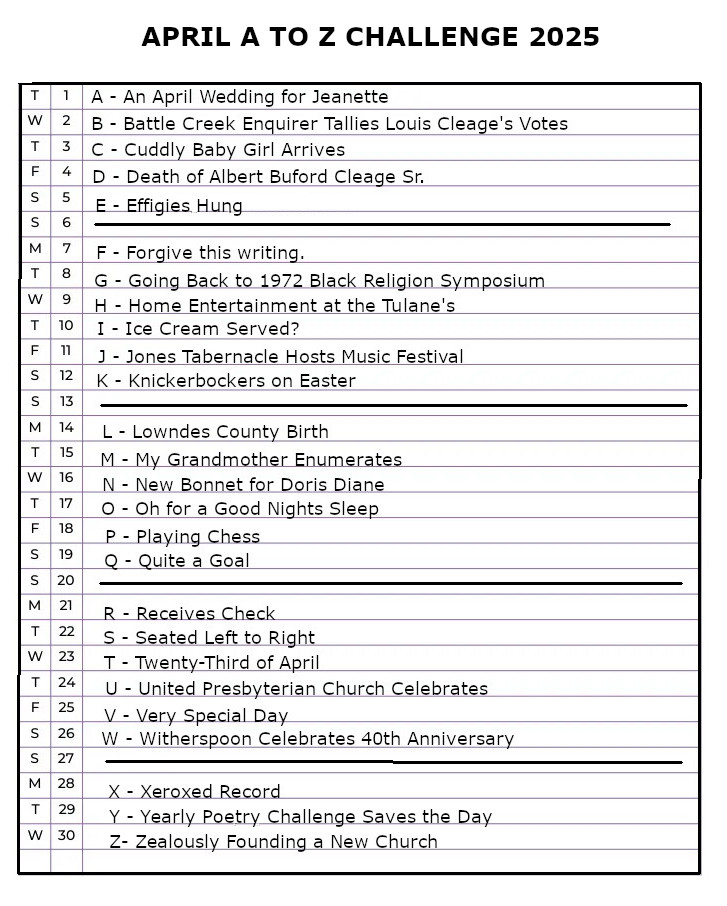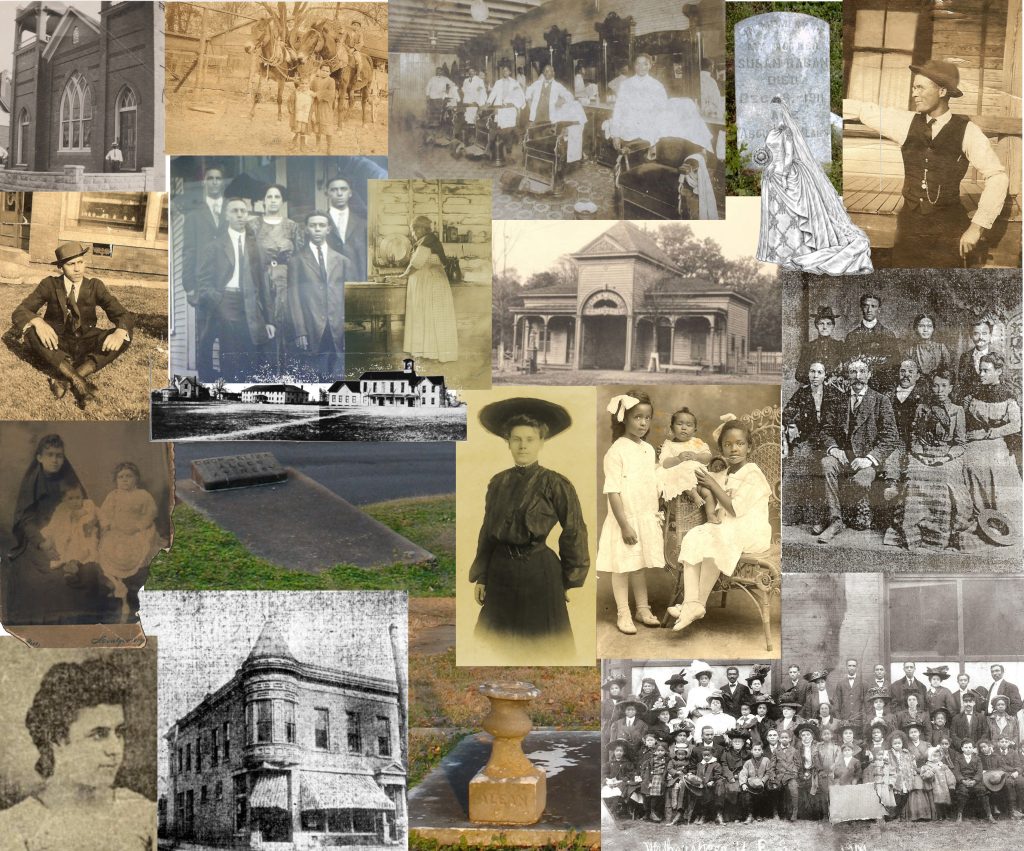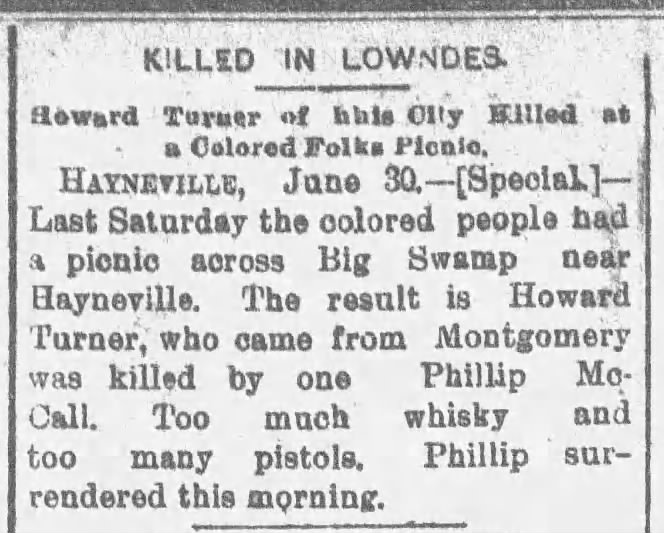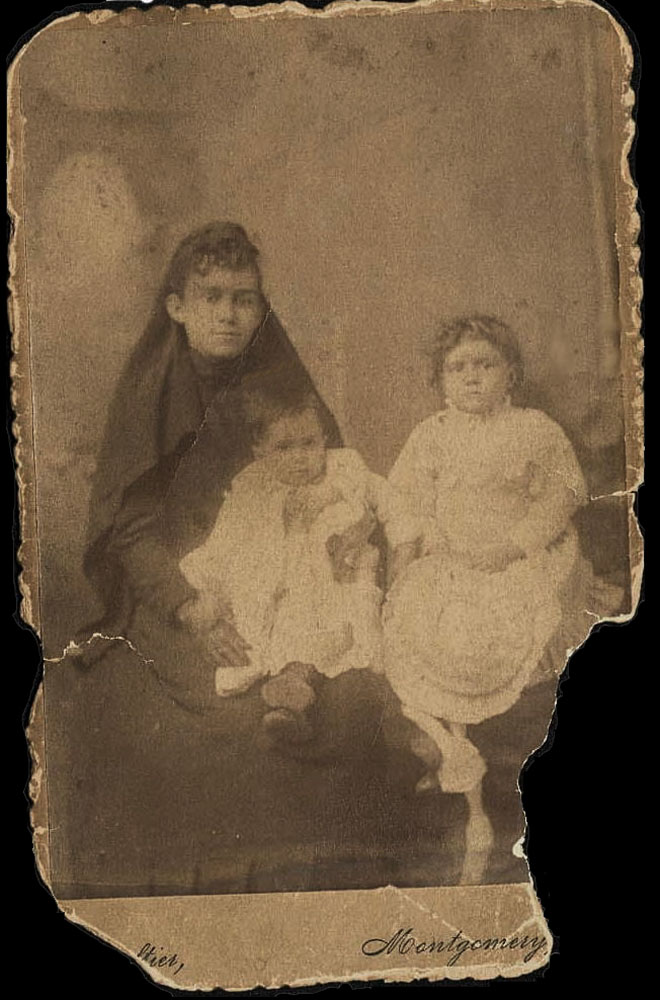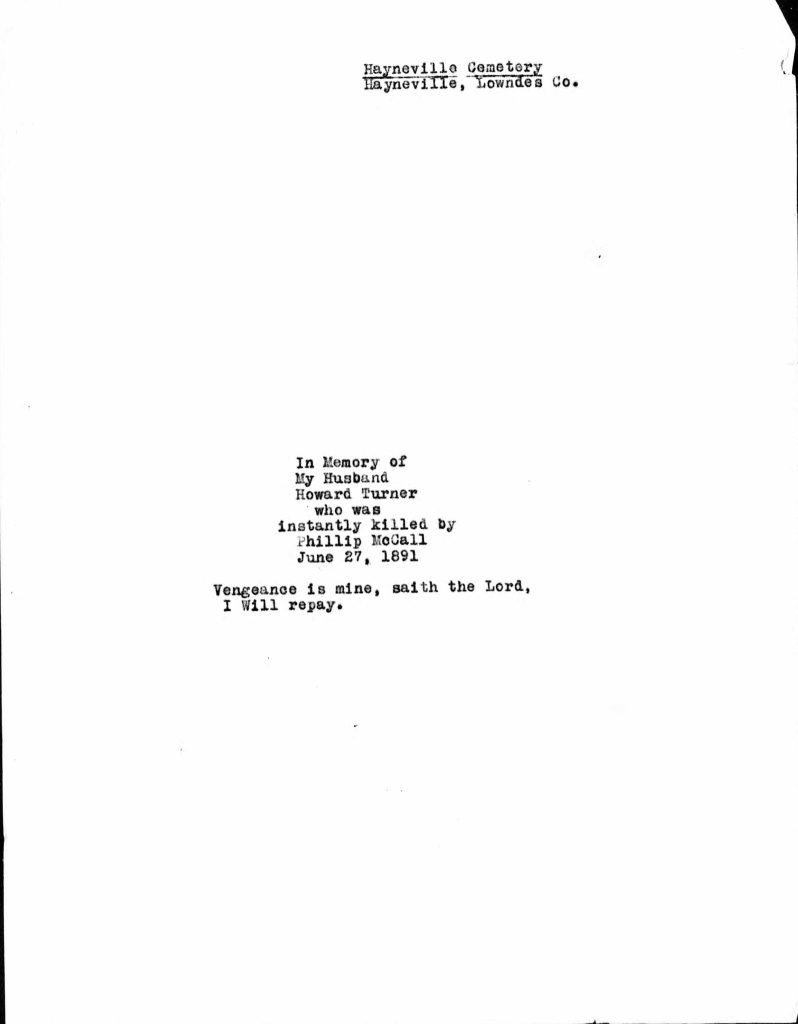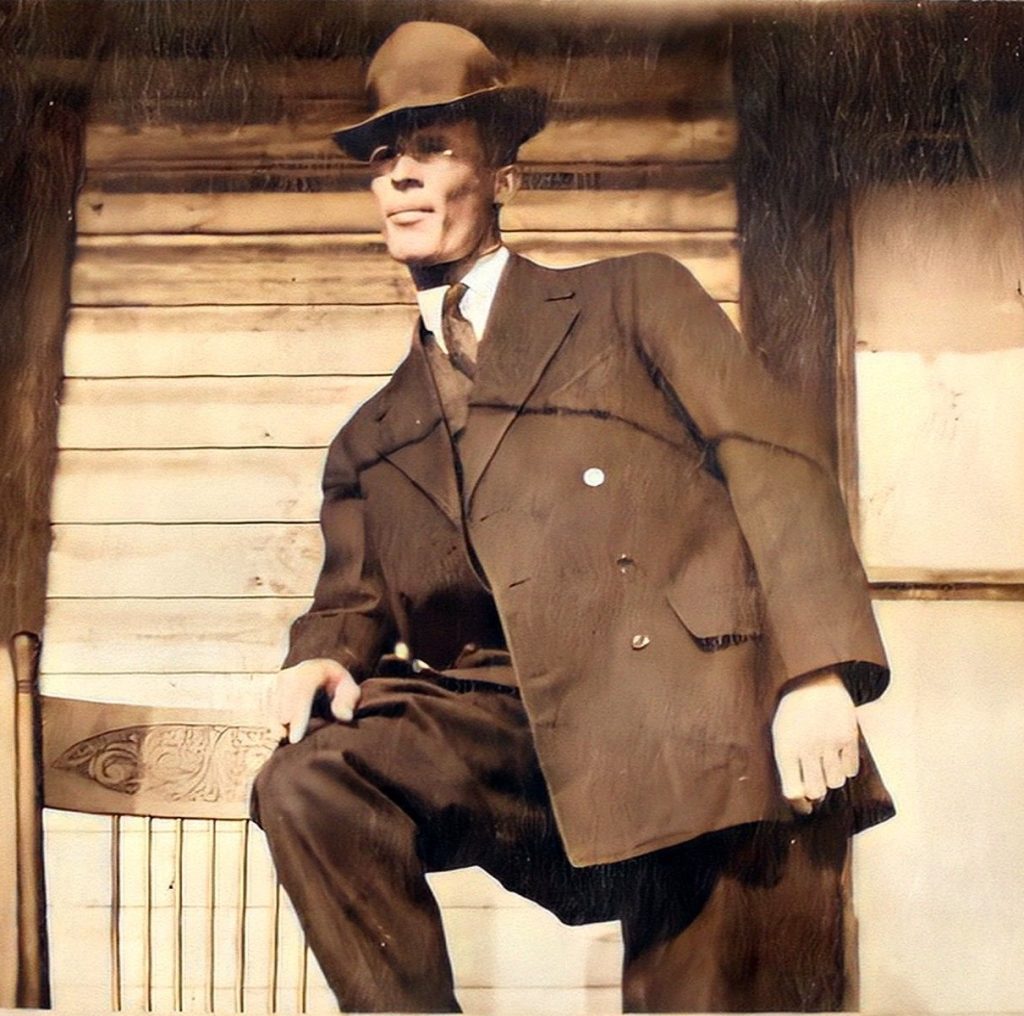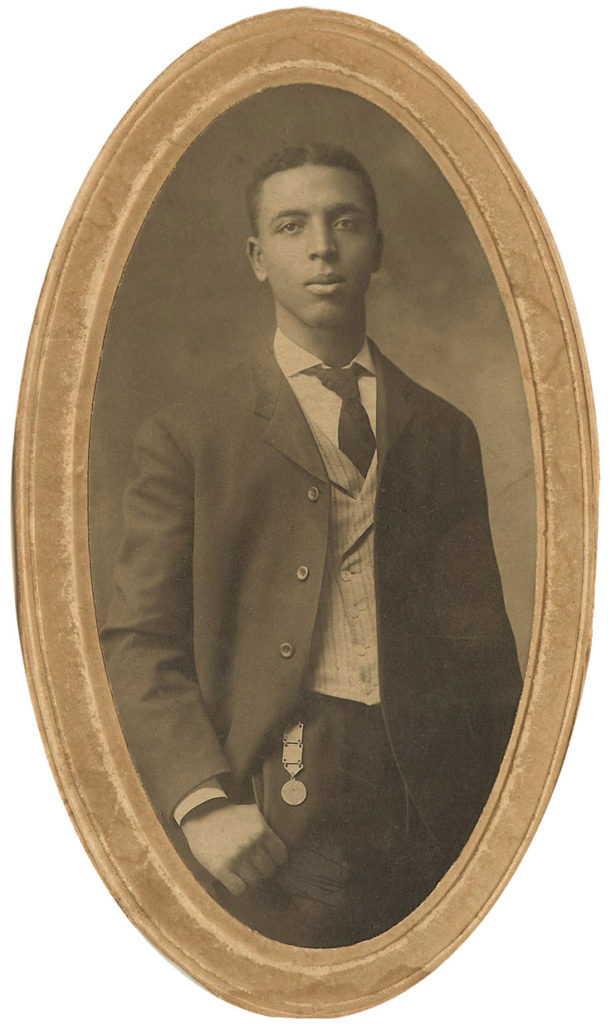
For this year’s A to Z Challenge, I will be posting an event for that date involving someone in my family tree. Of course it will also involve the letter of the day. It may be a birth, a death, a christening, a journal entry, a letter or a newspaper article. If the entry is a news item, it will be transcribed immediately below. Click on photographs to enlarge in another window.
___________
While looking for some of his ancestors several years ago, my cousin Peter Olivier found a packet of letters online written by my grandmother Pearl Reed (Cleage) from 1903 to 1905. They were for sale by Michal Brown Rare Books who “specialize in Americana, especially manuscript materials. We offer manuscript letters and archives, diaries, journals, personal and business correspondence from the 17th century through the 20th.“
By the time I found out that the letters existed, they had been sold to the University of Georgia in Athens. I thought it was strange because neither my grandmother Pearl Reed nor Homer Jarrett, the young man she was exchanging letters with, were well known. Homer seems to have saved every piece of mail he ever received. Eventually all of those hundreds of pieces (which included my grandmother’s letters) ended up being sold after his death. In their entirety they give a unique picture of the era in which they were written.
I immediately got in touch with Special Collections Library at The University of Georgia in Athens. I was able to purchase scans of all 41 letters and envelopes very reasonably. I was very excited to have a look into my 19 year old grandmother’s life through her letters. It was lucky that the University purchased them. I could never have afforded to buy them.
Below is one of the letters in the package. It was written on April 7, 1904.

Homer Jarrett
#230 Bird St., City
2730 Kenwood Ave
City
April 7, 1904
Dear Homer;
Forgive me for not writing sooner, but don’t you know I did write but tore up the letter a few hours after. Mother is very ill now and has been since Easter eve. I am having a terrible time. I could not go to church Easter Morn and have just received an invitation to a friends at her birthday anniversary but had to send her my regrets. Pity me.
Your little friend
P.S. I am in an awful hurry, forgive this writing.
Your Pearl
P.S. Minnie’s address is #337 Colfax Ave. Benton Harbor Mich.
__________________
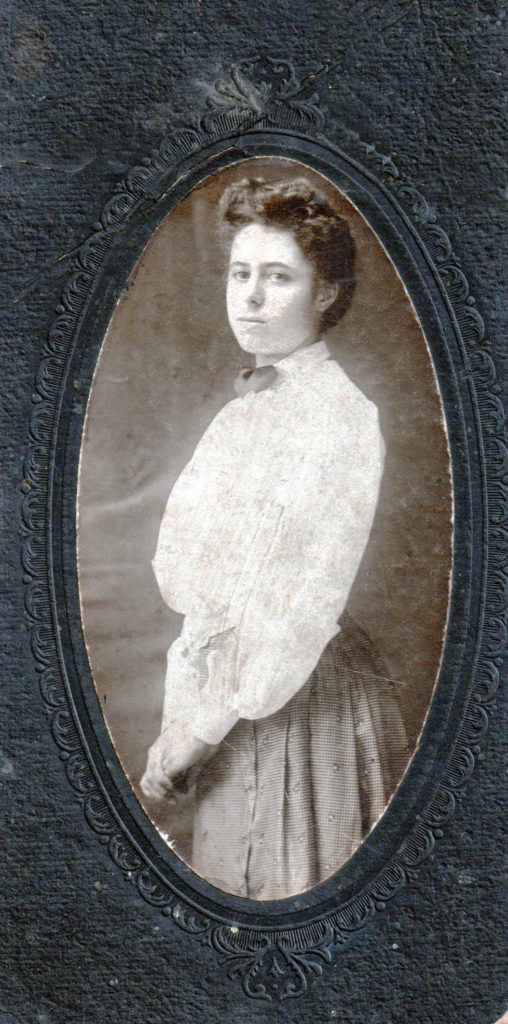
Pearl Reed was my paternal grandmother. Homer was a friend of my grandmother. Minnie was my grandmother’s older sister who was married to Homer’s cousin and had moved from Indianapolis with her husband and family to Benton Harbor, Michigan.
At this time my grandmother was about 20 years old. She had graduated from high school and lived at home with her mother and her oldest brother, George. One other brother lived nearby with his family. Another brother lived in Chicago and all three of her living sisters lived in Benton Harbor, Michigan with their families. Her oldest sister died around 1900.
My grandmother would not meet my grandfather for several more years.
_____________
Read more about my grandmother’s letters in these posts:
My Grandmother’s Letters
Finding The Letters
The Letters – The People
